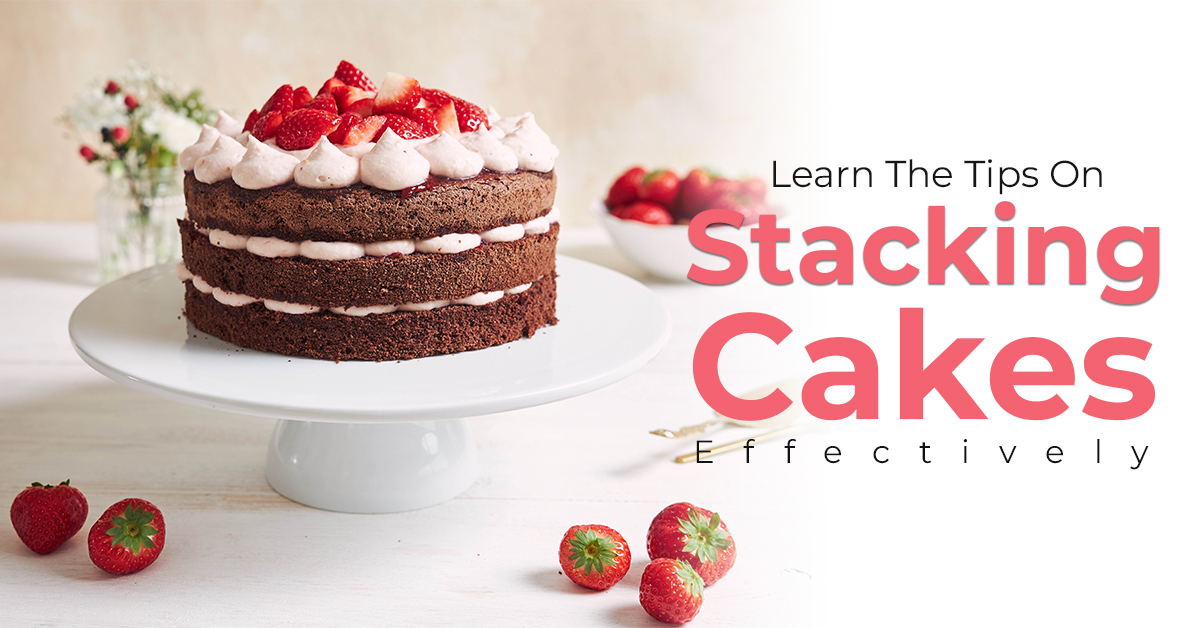Cake decorating is an art form that requires creativity, a keen eye for detail, and precision. Among the various techniques involved, stacking cakes is a skill that can literally elevate your creations to new heights. Whether you’re a beginner or an experienced cake artist, learning the tips on stacking cakes is essential for achieving a professional and visually stunning result. Hence, we at bakery classes in Chennai have curated the tips for effective stacking below.
Choose The Right Foundation:
Before you start stacking, ensure that your cakes have a solid foundation. Begin by leveling each layer to create an even surface. Use a long serrated knife or a cake leveler for this purpose. After leveling, apply the ganache or frosting over these layers to secure the bottom layers. Also, it adds stability and extra flavors.
Support Structure Matters:
A reliable support structure is crucial to ensure stability in multi-tiered cakes. Use dowel rods or food-safe plastic pillars to support the upper tiers. Insert them into the lower layers, ensuring they’re evenly spaced and cut to the height of the cake tier. It prevents the weight of the upper layers from causing the lower tiers to compress.
Crumb Coat For Clean Stacking:
Before stacking, apply a crumb coat – a thin layer of frosting that locks in the crumbs. It provides a clean surface for stacking and adds an extra layer of adhesive for better stability. Once the crumb coat sets, apply a thicker layer of frosting or fondant for the final finish.
Use A Turntable For Precision:
A turntable is a valuable tool for cake decorators. It allows for smooth and controlled rotation, making applying an even layer of frosting easier and ensuring precise stacking. As you add each layer, rotate the turntable to easily reach all angles of the cake.
Measure & Align:
Precision is critical when stacking cakes. Use a ruler or a cake lifter to ensure each tier is centered and aligned correctly. This meticulous approach contributes to the overall professional appearance of your stacked cake.
Chill Between Layers:
Consider chilling your cake layers before assembling to make the stacking process more manageable. It helps to firm up the frosting or ganache, reducing the risk of the layers sliding or shifting during stacking. However, ensure the cake isn’t too cold, as extreme temperatures can affect the taste and texture.
Secure With Proper Adhesion:
For added security, use a thin layer of royal icing, ganache, or buttercream between each layer. It acts as a glue, ensuring the tiers stick together and reducing the risk of the cake collapsing.
Transportation Tips:
If you need to transport a stacked cake, consider using cake boxes and non-slip mats to secure it. Chill the cake before transport to firm up the layers, and handle it carefully to prevent any shifts.
Mastering the art of stacking cakes is a valuable skill for any cake decorator. By following these tips and joining our bakery training in Chennai, you can achieve stable, visually stunning creations that will leave a lasting impression.


